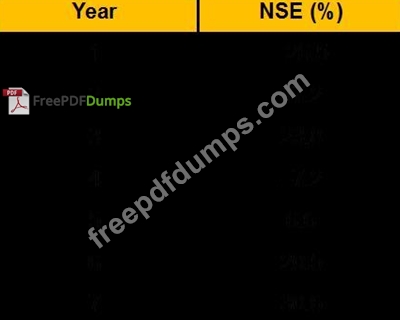CWM_LEVEL_2 Exam Question 136
Section A (1 Mark)
A cognitive heuristic in which people tend to reach conclusions based on the 'framework' within which a situation is presented; e.g. people are more lokely to recommend the use of a new procedure if it is described as having a '50% success rate' than a '50% failure rate'. Which of the following is most likely consistent with this bias?
A cognitive heuristic in which people tend to reach conclusions based on the 'framework' within which a situation is presented; e.g. people are more lokely to recommend the use of a new procedure if it is described as having a '50% success rate' than a '50% failure rate'. Which of the following is most likely consistent with this bias?
CWM_LEVEL_2 Exam Question 137
Section B (2 Mark)

Which of the above statements is/are correct?

Which of the above statements is/are correct?
CWM_LEVEL_2 Exam Question 138
Section C (4 Mark)
Suppose Nifty is at 4450 on 27th April. An investor, Mr. A enters a long straddle by buying a May Rs 4500 Nifty Put for Rs. 85 and a May Rs. 4500 Nifty Call for Rs. 122.
What would be the Net Payoff of the Strategy?
* If Nifty closes at 3729
* If Nifty closes at 5214
Suppose Nifty is at 4450 on 27th April. An investor, Mr. A enters a long straddle by buying a May Rs 4500 Nifty Put for Rs. 85 and a May Rs. 4500 Nifty Call for Rs. 122.
What would be the Net Payoff of the Strategy?
* If Nifty closes at 3729
* If Nifty closes at 5214
CWM_LEVEL_2 Exam Question 139
Section A (1 Mark)
A swap that involves the exchange of one set of interest payments for another set of interest payments is called a(n)
A swap that involves the exchange of one set of interest payments for another set of interest payments is called a(n)
CWM_LEVEL_2 Exam Question 140
Section C (4 Mark)
You are given the following set of data:
Historical Rate of Return

Determine the arithmetic average rates of return and standard deviation of returns of the NSE over the period given.
You are given the following set of data:
Historical Rate of Return

Determine the arithmetic average rates of return and standard deviation of returns of the NSE over the period given.

